Home>Furniture & Design>Bedroom Furniture>How To Organize Furniture In The Bedroom
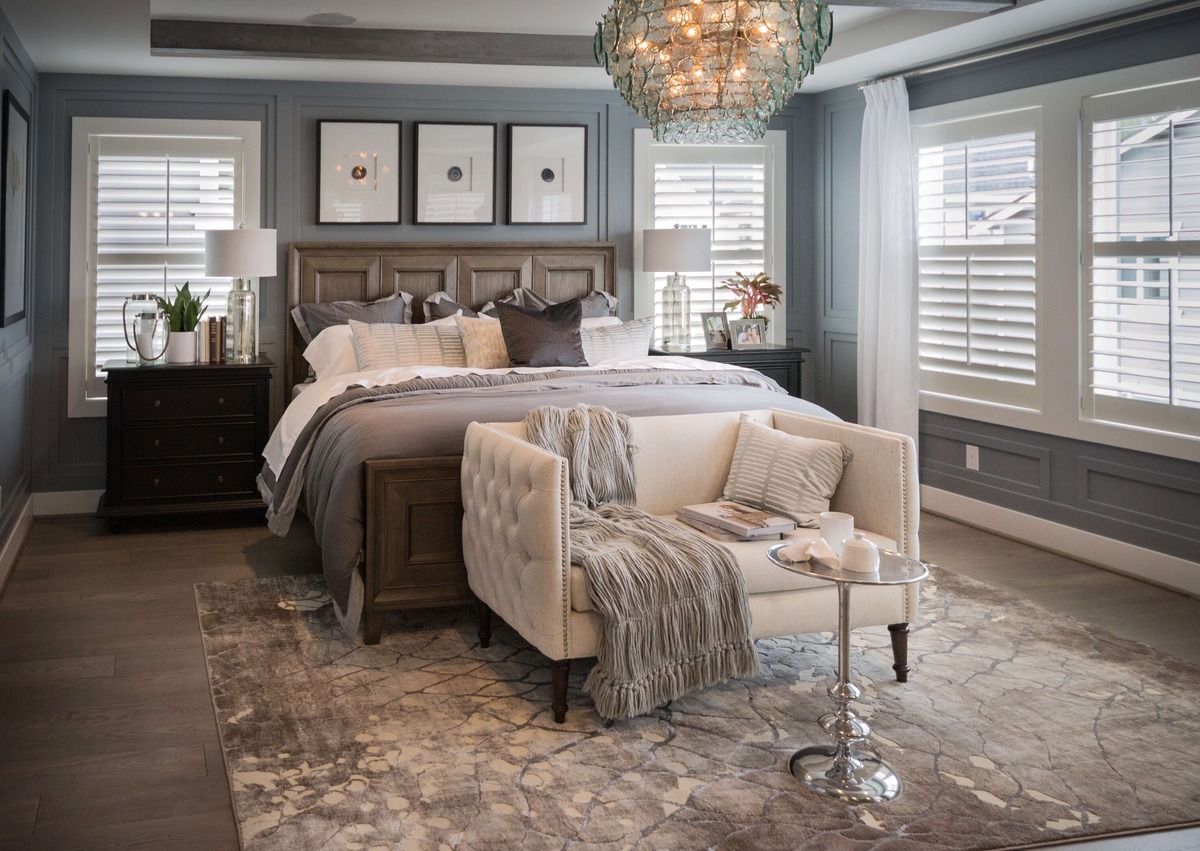

Bedroom Furniture
How To Organize Furniture In The Bedroom
Published: March 3, 2024
Discover expert tips for organizing bedroom furniture and design to create a functional and stylish space. Learn how to maximize your bedroom layout and storage with our helpful guide.
(Many of the links in this article redirect to a specific reviewed product. Your purchase of these products through affiliate links helps to generate commission for Storables.com, at no extra cost. Learn more)
Consider the Room Layout
When organizing furniture in the bedroom, the first step is to consider the room layout. This involves taking into account the size and shape of the room, as well as the location of windows, doors, and any architectural features. By understanding the layout, you can make better decisions about where to place each piece of furniture for optimal functionality and aesthetics. Here are some tips to help you make the most of your bedroom layout:
-
Measure the room: Before you start moving furniture around, it's important to measure the dimensions of the room. This will help you determine the amount of space you have to work with and avoid overcrowding or leaving too much empty space.
-
Identify focal points: Determine the focal points in the room, such as a fireplace, a large window with a view, or a built-in feature like a window seat. Arrange the furniture to highlight these focal points and create a balanced and visually appealing layout.
-
Consider traffic flow: Think about how people will move through the room and arrange the furniture to allow for easy traffic flow. Avoid placing large pieces of furniture in pathways or blocking access to doors and windows.
-
Take advantage of natural light: If the room has windows, consider how natural light enters the space throughout the day. Arrange the furniture to make the most of the natural light while also providing privacy and a comfortable environment for relaxation.
By carefully considering the room layout, you can create a well-organized and inviting bedroom that meets your practical needs and reflects your personal style.
Key Takeaways:
- Consider the room layout when organizing bedroom furniture. Measure the space, highlight focal points, and ensure easy traffic flow to create a well-organized and visually appealing layout that reflects your personal style.
- Start with the bed to set the tone for the bedroom layout. Choose the right spot, consider the headboard, allow for circulation, and add bedside tables for convenience and symmetry. This creates a strong foundation for the rest of the furniture arrangement.
Read more: How To Arrange Furniture In Bedroom
Start with the Bed
When organizing the furniture in your bedroom, it's essential to start with the bed. The bed is typically the largest and most important piece of furniture in the room, so its placement sets the tone for the rest of the layout. Here are some tips for getting started:
-
Choose the right spot: Place the bed against the longest wall in the room, if possible. This helps to create a sense of balance and makes the room feel more spacious. If the room is small, consider placing the bed in a corner to maximize floor space.
-
Consider the headboard: If your bed has a headboard, position it against a wall to anchor the bed and create a focal point. This also provides a comfortable surface for leaning against while reading or relaxing.
-
Allow for circulation: Leave enough space around the bed for easy movement. Aim for at least two feet of clearance on either side and at the foot of the bed. This ensures that you can move around the room without feeling cramped.
-
Add bedside tables: Place bedside tables or nightstands on either side of the bed for convenience and symmetry. These can be used for lamps, books, and other essentials, adding both functionality and style to the room.
By starting with the bed, you establish a strong foundation for the rest of the furniture arrangement. Once the bed is in place, you can move on to arranging other key pieces to complete the bedroom layout.
Arrange Other Key Pieces
Once the bed is in place, it's time to focus on arranging the other key pieces of furniture in the bedroom. These pieces play a crucial role in creating a functional and visually appealing space. Here's how to approach the arrangement of other key pieces:
-
Dresser or Chest of Drawers: Position a dresser or chest of drawers in a location that allows easy access to clothing storage. If space permits, consider placing it across from the bed to create a balanced look. This also provides a convenient spot for getting ready in the morning or before bed.
-
Wardrobe or Armoire: If your bedroom includes a wardrobe or armoire, place it in a spot that doesn't interfere with the flow of the room. Consider placing it in a corner or along a wall to maximize space and keep the room feeling open.
-
Vanity or Desk: If space allows, consider adding a vanity or desk to the bedroom. Position it near a window to take advantage of natural light, or create a dedicated area for grooming and getting ready. This can also serve as a multi-functional space for work or relaxation.
-
Mirrors: Incorporating mirrors into the bedroom can help create the illusion of more space and reflect natural light. Consider placing a full-length mirror on the back of a door or on a wall to add depth and functionality to the room.
By carefully arranging these key pieces, you can ensure that the bedroom not only looks well-organized but also serves your practical needs. Each piece should contribute to the overall functionality and aesthetic of the space, creating a harmonious and inviting environment.
Consider the flow of the room and place the bed against the longest wall. Leave space for walking around the bed and ensure there is easy access to the closet and drawers.
Create a Cozy Seating Area
When it comes to creating a cozy seating area in the bedroom, the goal is to design a space that invites relaxation and comfort. Whether you enjoy reading, sipping a cup of tea, or simply unwinding at the end of the day, a well-planned seating area can enhance the overall ambiance of the room. Here's how to achieve this:
-
Choose the Right Location: Select a corner or nook in the bedroom where you can carve out a dedicated seating area. This could be near a window to take advantage of natural light, or in a cozy alcove that offers a sense of privacy and tranquility.
-
Select Comfortable Seating: Opt for a comfortable chair, chaise lounge, or small sofa that complements the style of the room. Consider upholstered pieces with soft textures and supportive cushions to create a welcoming spot for relaxation.
-
Add a Side Table: Place a side table next to the seating to provide a convenient spot for setting down books, drinks, or other items. This adds functionality to the area and ensures that everything you need is within reach.
-
Incorporate Soft Furnishings: Enhance the comfort of the seating area by adding soft furnishings such as throw pillows, a cozy blanket, or a plush rug. These elements not only add warmth and texture but also contribute to the inviting atmosphere.
-
Personalize with Decor: Infuse the seating area with personal touches by incorporating decorative elements that reflect your style and interests. This could include artwork, decorative accents, or a small indoor plant to bring a touch of nature indoors.
By creating a cozy seating area in the bedroom, you can establish a retreat within your home where you can unwind, read, or simply enjoy a moment of peace. This addition not only enhances the functionality of the room but also adds a touch of luxury and comfort to your everyday life.
Add Storage Solutions
When it comes to organizing a bedroom, incorporating storage solutions is essential for maintaining a tidy and clutter-free space. Here are some effective ways to add storage solutions to your bedroom:
-
Utilize Under-Bed Storage: Make the most of the space under your bed by using storage containers or drawers designed to fit beneath the bed frame. This is an ideal spot for storing off-season clothing, extra bedding, or items that you don't need frequent access to.
-
Install Wall-Mounted Shelves: Consider adding wall-mounted shelves above the bed or along empty wall space. These shelves can be used to display decorative items, store books, or keep essentials within easy reach. Floating shelves are a stylish and space-saving option for adding storage without taking up floor space.
-
Opt for Multi-Functional Furniture: Choose furniture pieces that offer built-in storage, such as a bed frame with drawers, a storage ottoman, or a nightstand with shelves or drawers. This allows you to maximize storage while minimizing the need for additional bulky storage units.
-
Use Vertical Storage: Take advantage of vertical space by incorporating tall dressers, armoires, or wardrobes. These pieces provide ample storage for clothing, accessories, and other items, while also drawing the eye upward and creating a sense of height in the room.
-
Organize with Closet Systems: If your bedroom includes a closet, consider installing a customizable closet system with shelves, drawers, and hanging rods. This allows you to tailor the storage to your specific needs and keep clothing and accessories neatly organized.
-
Maximize Corner Space: Utilize corner shelving units or corner cabinets to make the most of often-underutilized corner space. These pieces can provide additional storage for items such as folded clothing, decorative accents, or personal belongings.
By incorporating these storage solutions into your bedroom, you can effectively manage clutter and create a well-organized environment that promotes a sense of calm and relaxation. These solutions not only enhance the functionality of the room but also contribute to its overall aesthetic appeal.
Read more: How To Organize A Bedroom
Final Touches and Decor
After organizing the main furniture pieces and adding storage solutions, it's time to focus on the final touches and decor to complete the bedroom's look and feel. These finishing elements can elevate the overall ambiance of the room and reflect your personal style. Here are some key aspects to consider:
-
Bedding and Linens: Choose bedding and linens that complement the color scheme and style of the room. Consider layering with a mix of textures and patterns to add visual interest and create a cozy atmosphere. Adding decorative pillows and a throw blanket can also enhance the bed's visual appeal.
-
Window Treatments: Select window treatments that provide privacy, control natural light, and contribute to the room's aesthetic. Options such as curtains, drapes, or blinds can be chosen to match the overall decor theme and color palette.
-
Lighting: Incorporate a mix of lighting sources to create a well-lit and inviting space. Consider bedside lamps for reading, overhead lighting for general illumination, and accent lighting such as wall sconces or a decorative pendant light to add a touch of elegance.
-
Artwork and Decorative Accents: Personalize the room with artwork, decorative mirrors, or wall decor that resonates with your taste. These elements can serve as focal points and add personality to the space. Additionally, incorporating decorative accents such as vases, candles, or sculptures can further enhance the room's visual appeal.
-
Rugs and Flooring: Add a rug to define the seating area or anchor the bed, providing warmth and comfort underfoot. Choose a rug that complements the room's color scheme and adds a layer of texture to the floor. If the flooring is bare, consider adding a rug to bring warmth and visual interest to the space.
-
Greenery and Natural Elements: Introduce indoor plants or fresh flowers to bring a touch of nature indoors. Plants not only add a pop of color but also contribute to a sense of tranquility and well-being. Select low-maintenance plants that thrive in indoor environments to effortlessly enhance the room's ambiance.
By paying attention to these final touches and decor elements, you can transform your bedroom into a well-curated and inviting sanctuary. Each detail contributes to the overall aesthetic and functionality of the space, creating a harmonious and personalized environment for rest and relaxation.
Frequently Asked Questions about How To Organize Furniture In The Bedroom
Was this page helpful?
At Storables.com, we guarantee accurate and reliable information. Our content, validated by Expert Board Contributors, is crafted following stringent Editorial Policies. We're committed to providing you with well-researched, expert-backed insights for all your informational needs.
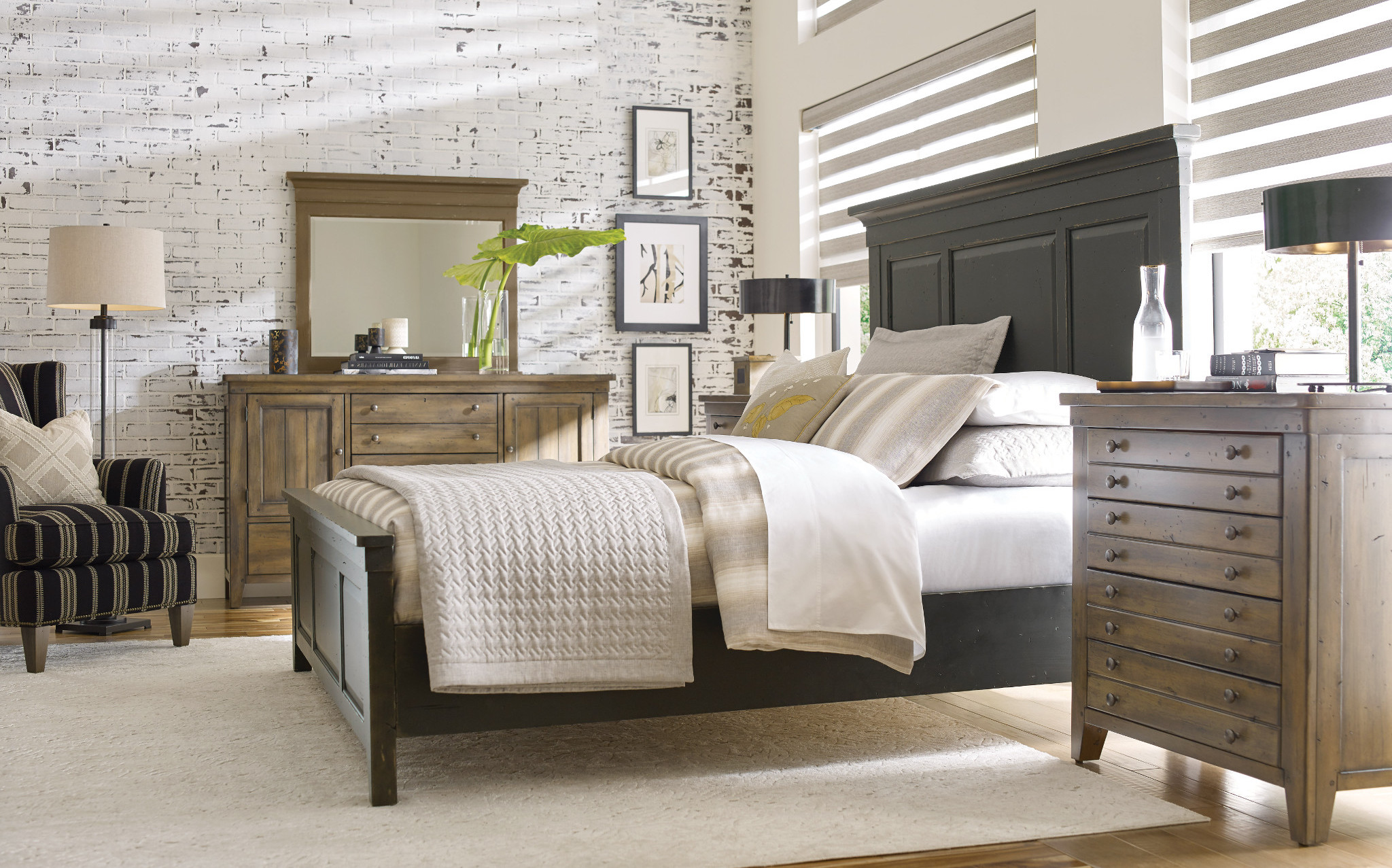
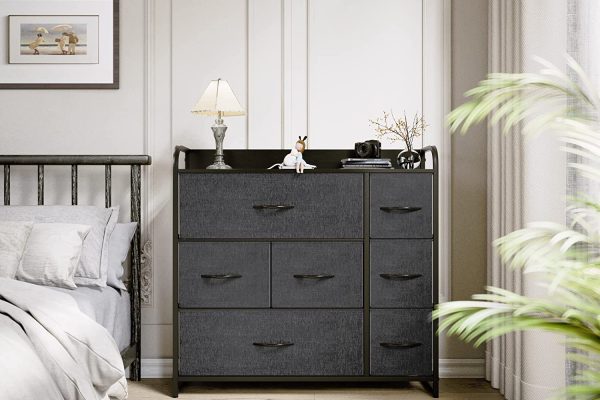
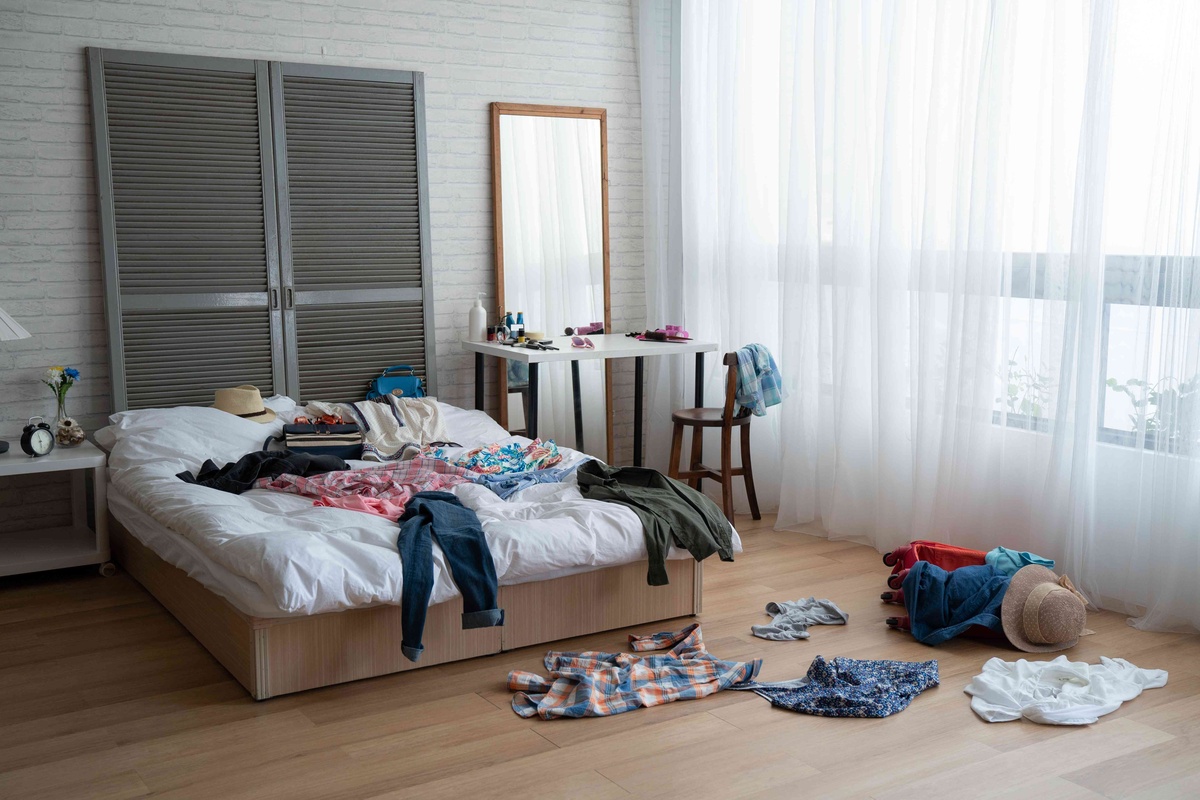
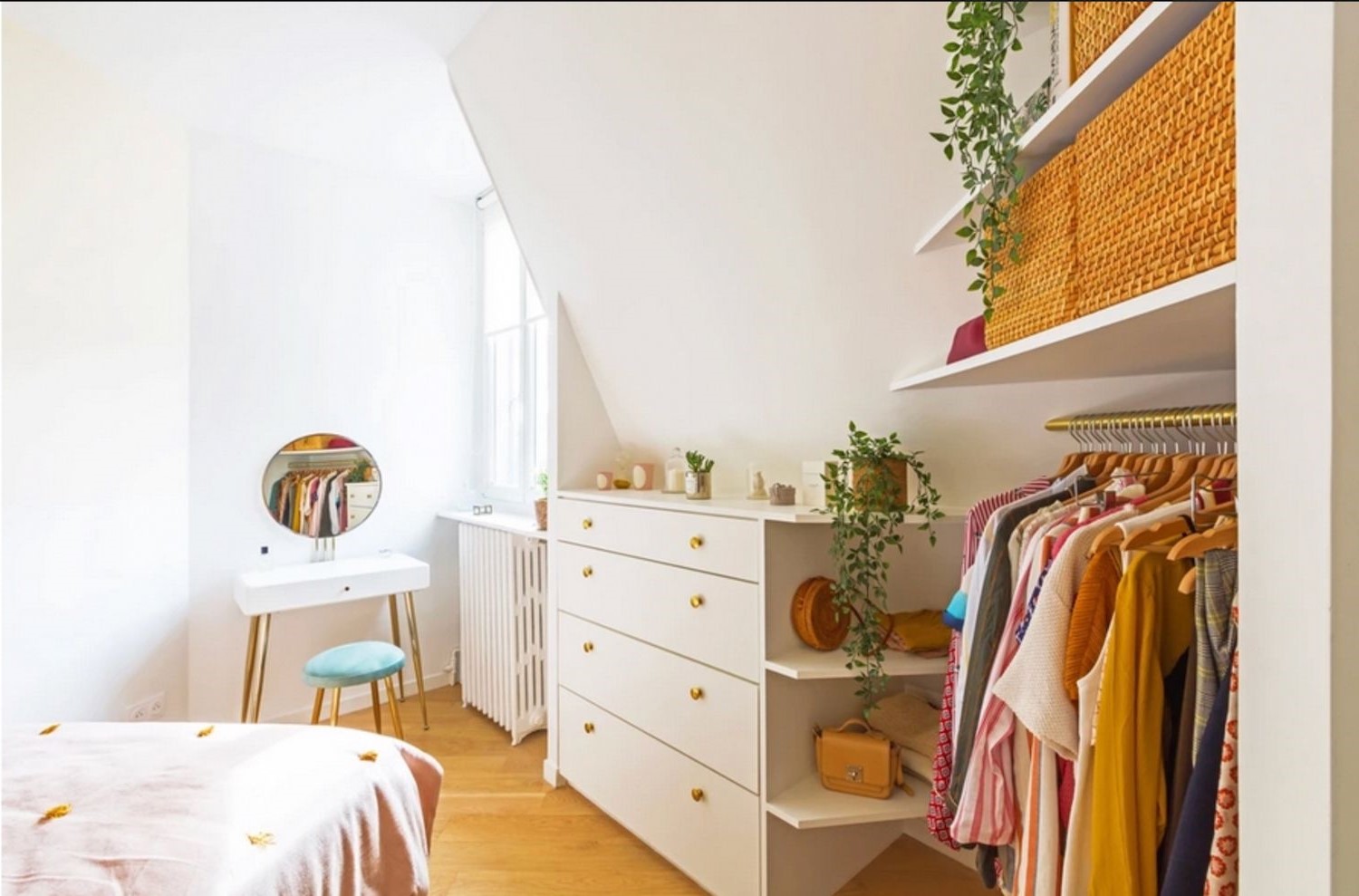
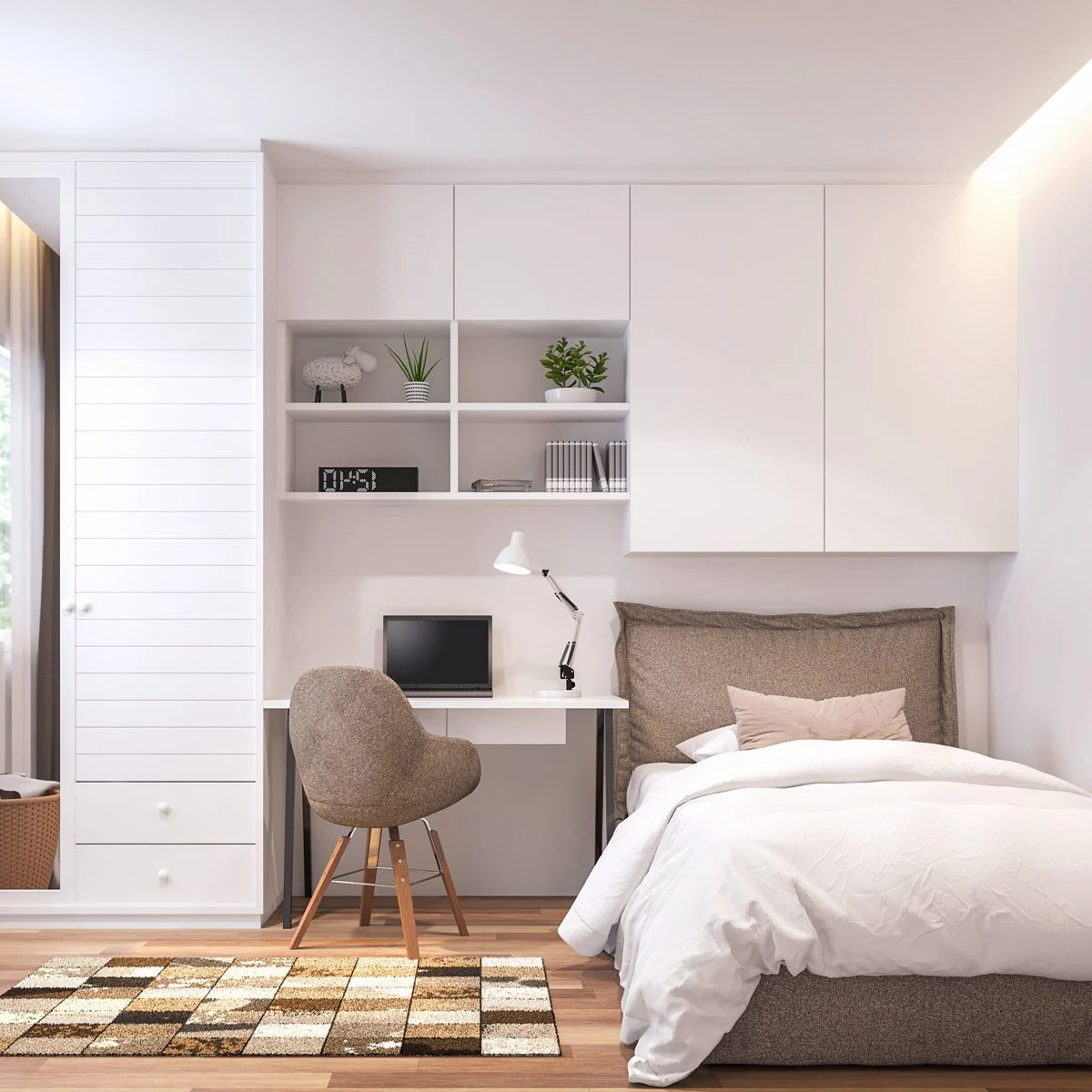
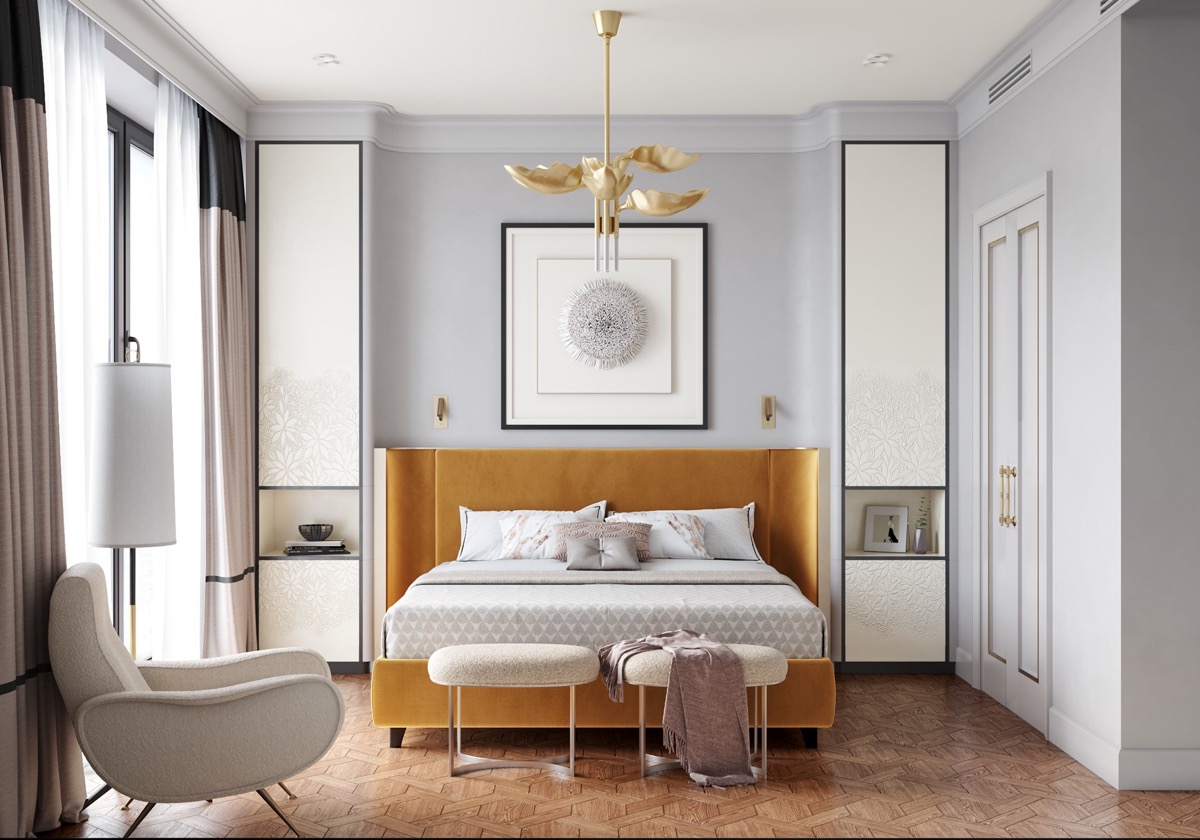
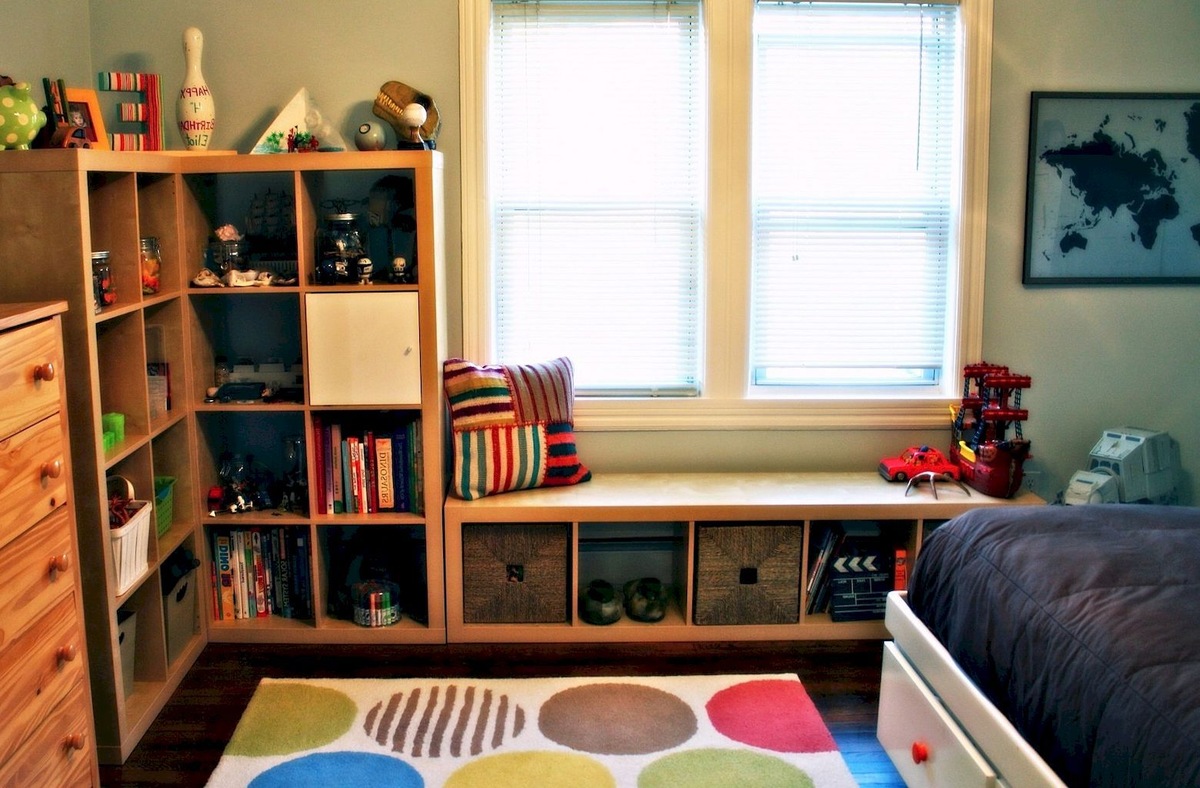
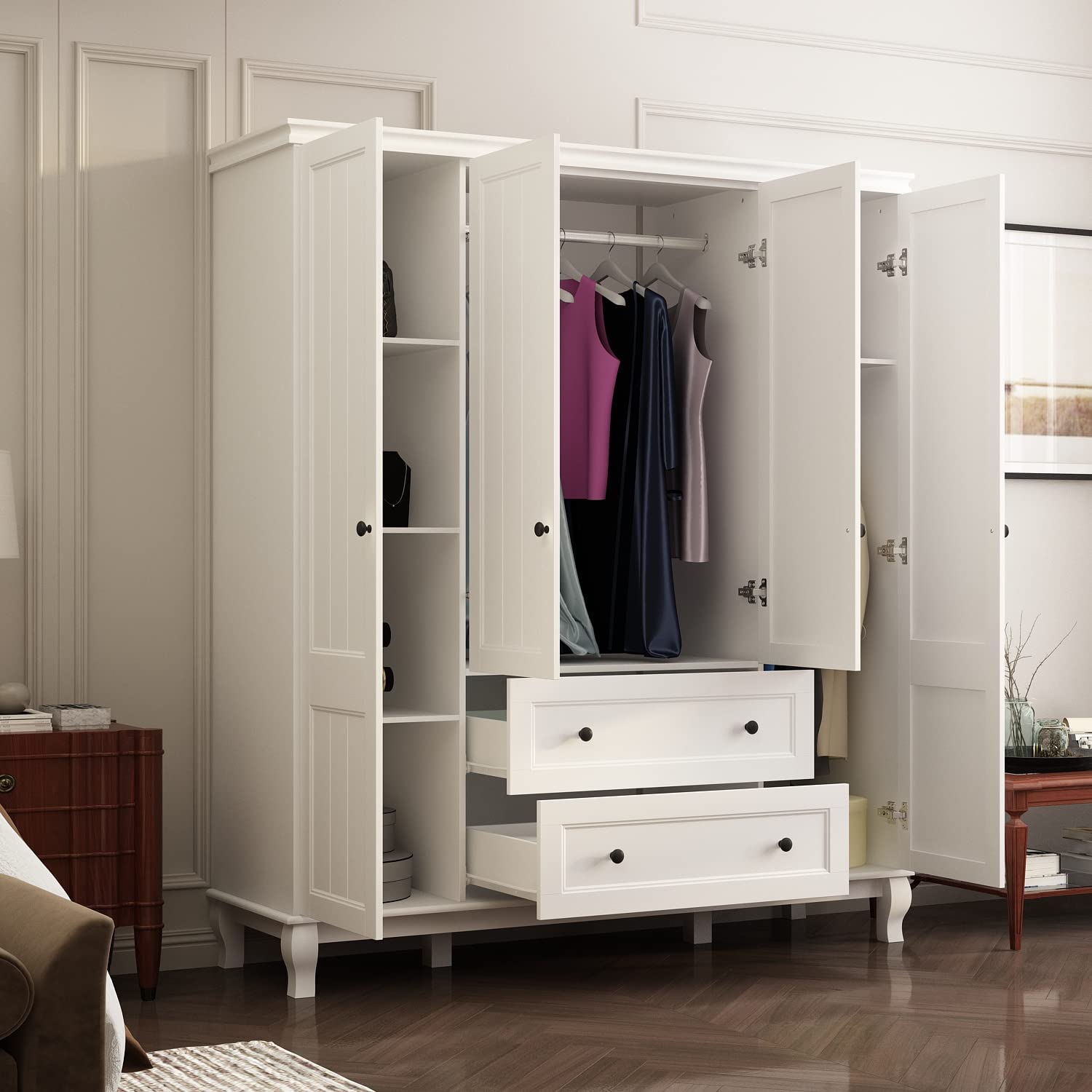
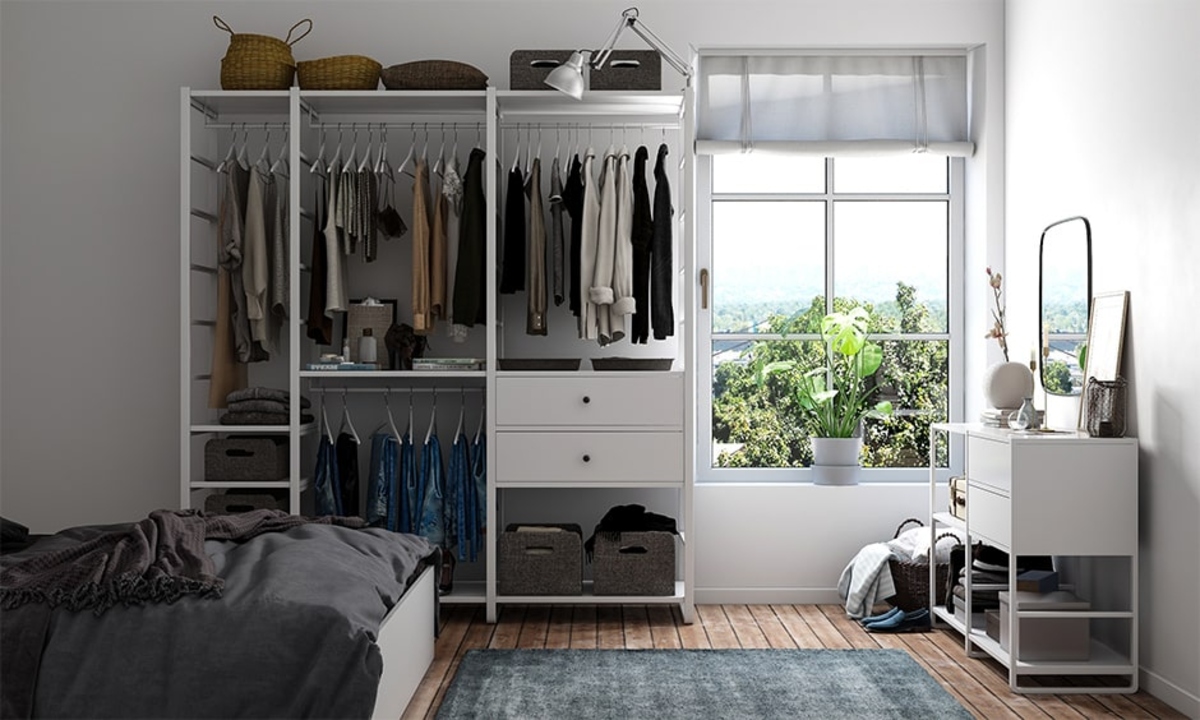
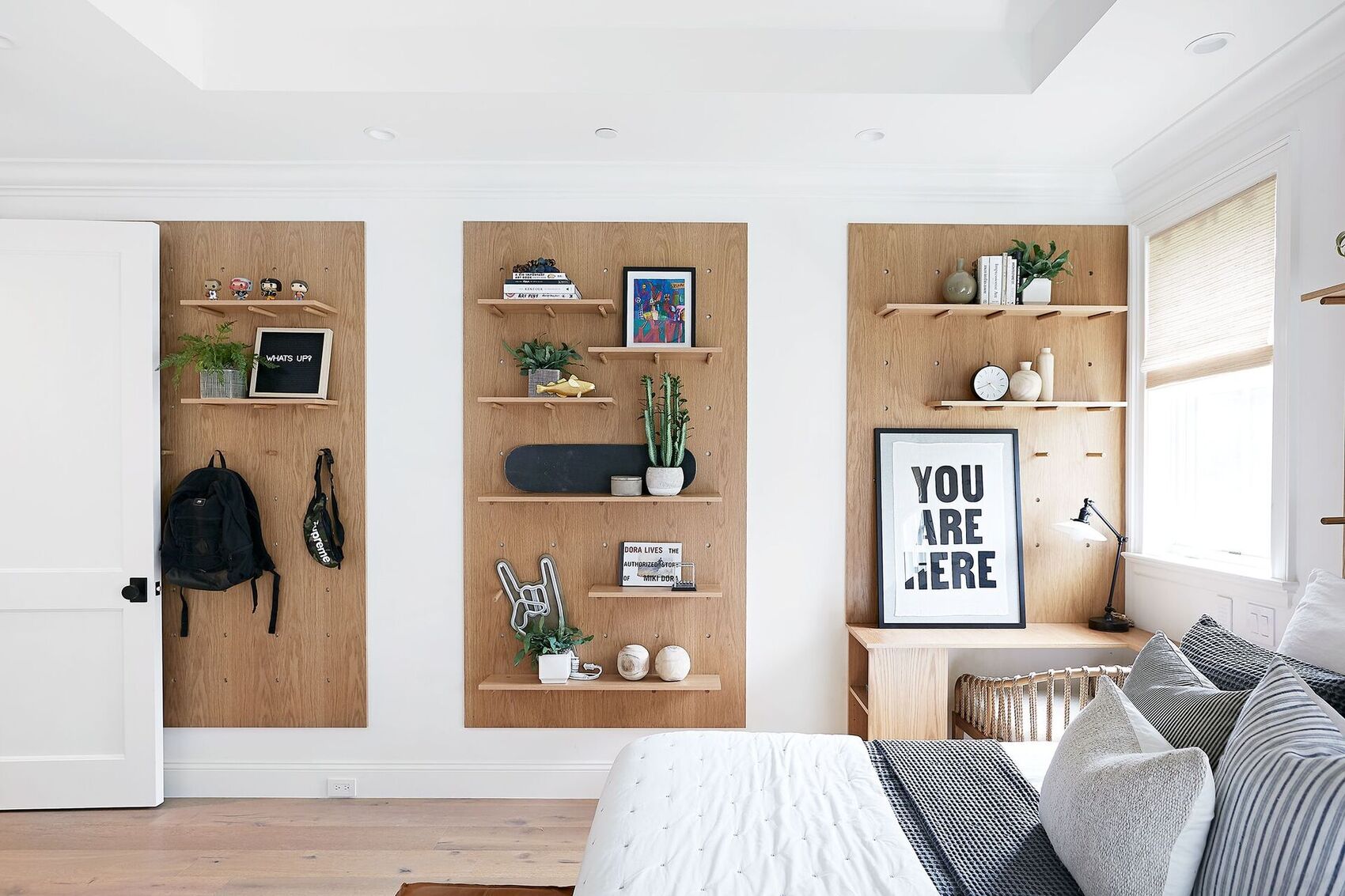
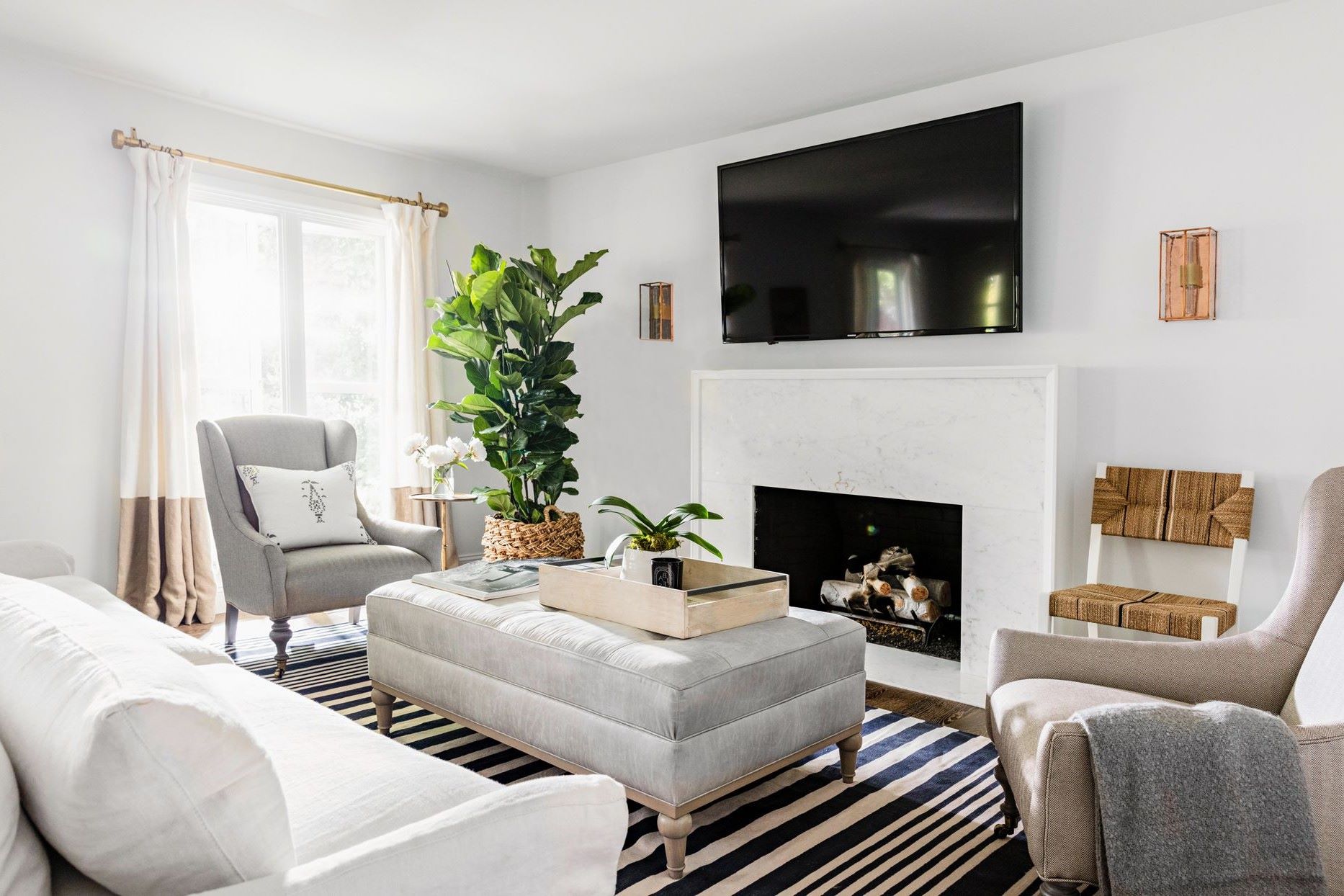
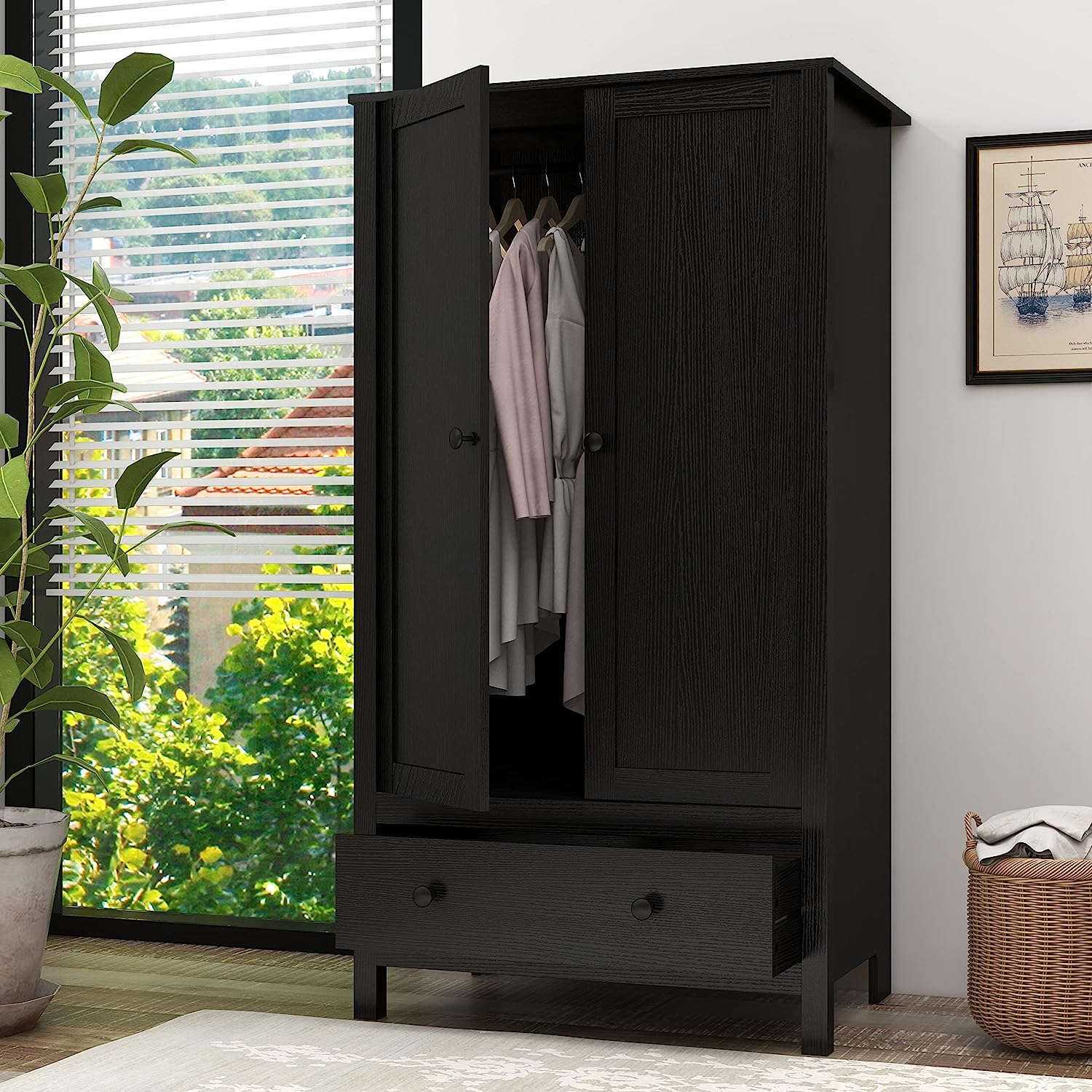
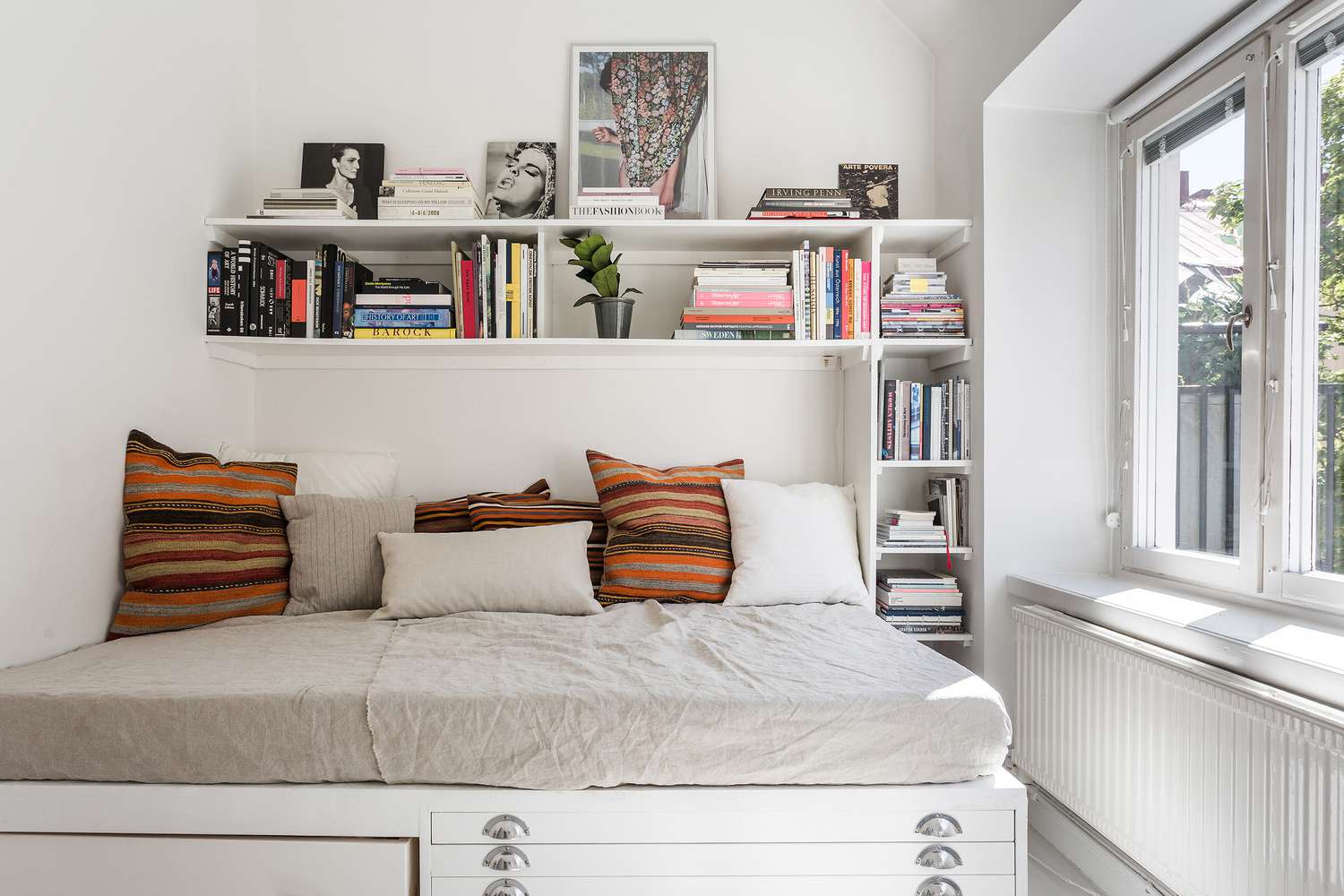
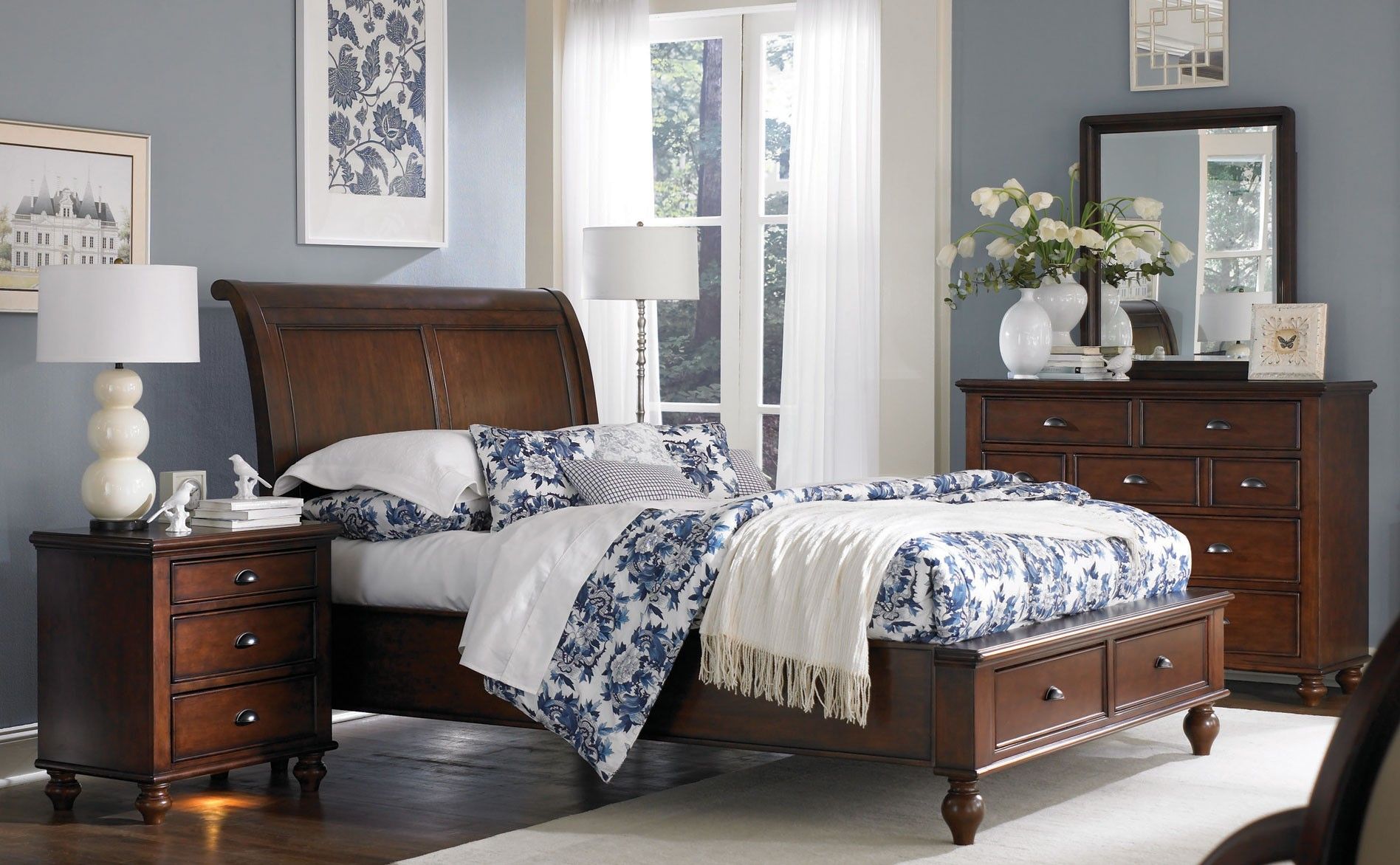

0 thoughts on “How To Organize Furniture In The Bedroom”